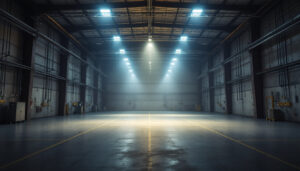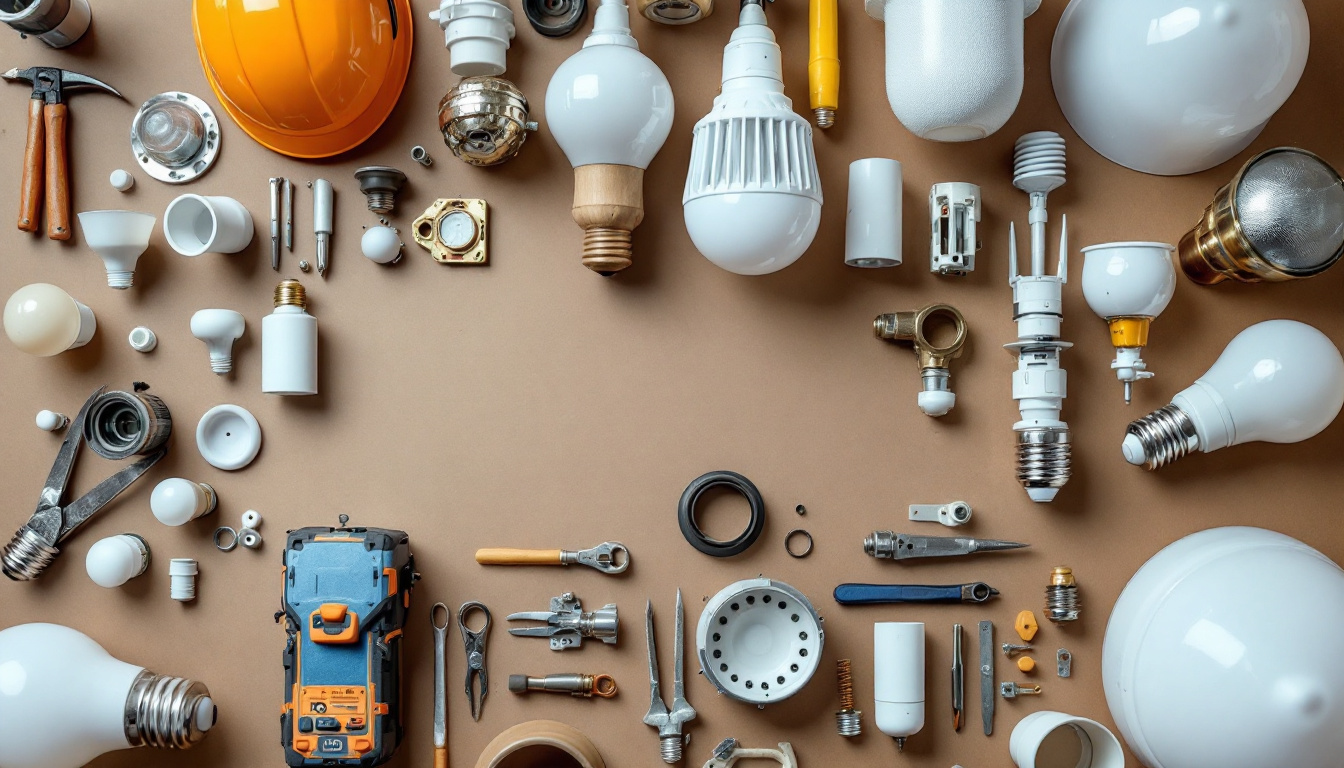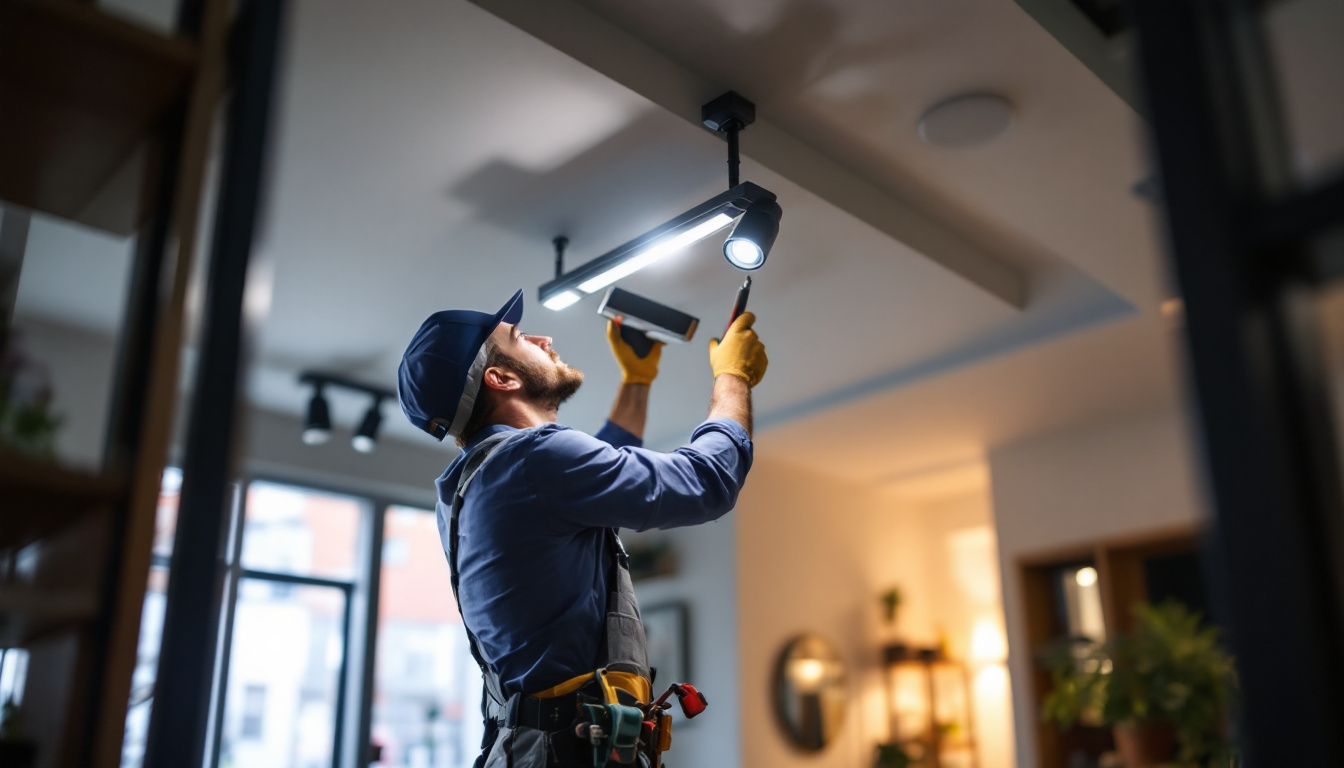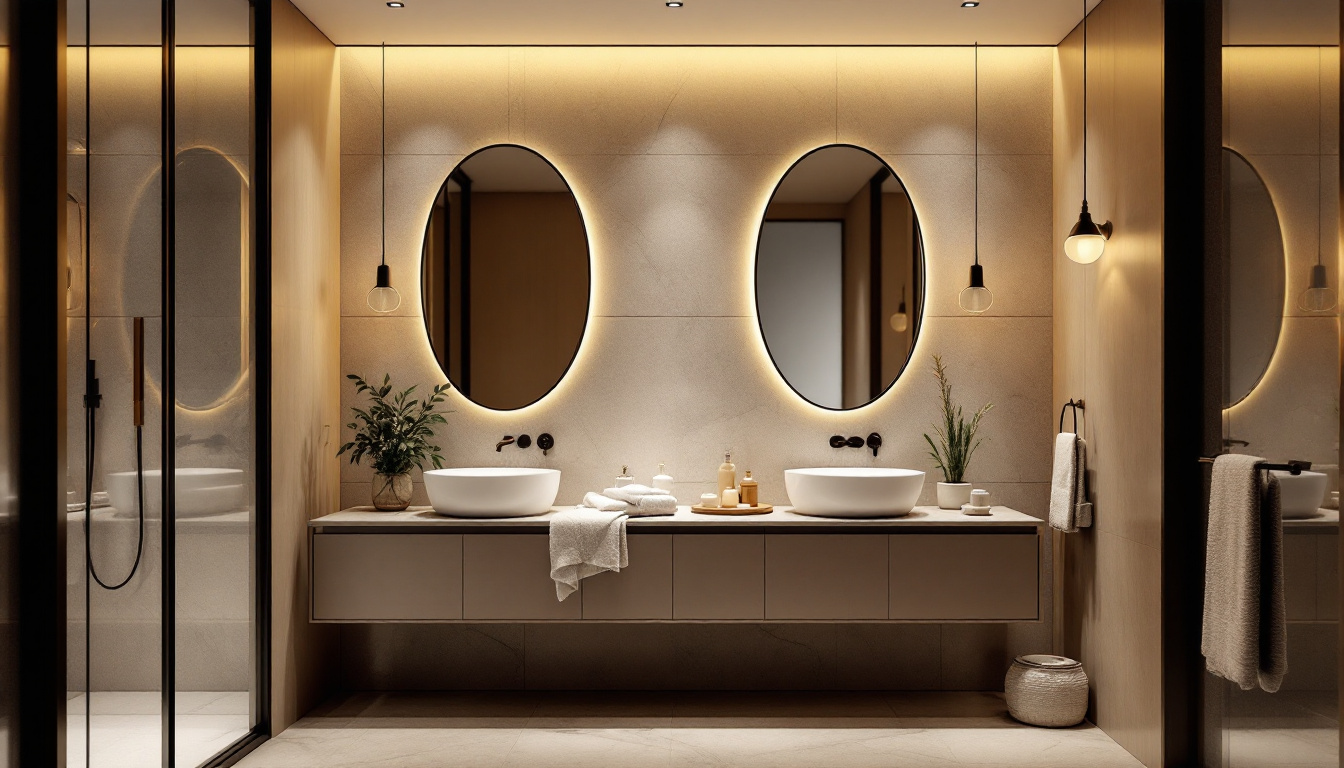

In the world of lighting design and installation, understanding the various components of light fixtures is essential for lighting contractors. Clients often have specific expectations regarding the knowledge and expertise of their lighting contractors. This article delves into the critical parts of light fixtures that contractors should be well-versed in, ensuring that they can meet client expectations effectively.
Light fixtures are more than just sources of illumination; they are integral components of interior and exterior design. A comprehensive understanding of light fixture parts not only enhances the contractor’s ability to install and maintain these fixtures but also elevates the overall client experience. The right lighting can transform a space, create ambiance, and highlight architectural features, making it essential for contractors to stay informed about the latest trends and technologies in lighting design.
Before diving into the specific parts, it is important to recognize the different types of light fixtures available. Common categories include recessed lights, pendant lights, chandeliers, and wall sconces. Each type has its unique components and installation requirements, which contractors must be familiar with to provide tailored solutions for their clients. Additionally, there are specialty fixtures such as track lighting and under-cabinet lights that serve specific purposes and can enhance functionality in various settings.
For instance, recessed lights are typically installed in ceilings and require precise measurements and cutouts. In contrast, pendant lights hang from the ceiling and often serve as focal points in a room. Understanding these distinctions helps contractors recommend the right fixtures based on the client’s needs and the space’s design. Moreover, outdoor fixtures like floodlights and pathway lights are essential for enhancing safety and security around a property, showcasing the versatility of lighting solutions available today.
Each light fixture is composed of several essential parts that contribute to its functionality and aesthetic appeal. These components include the housing, socket, bulb, shade, and trim. A thorough understanding of each part allows contractors to troubleshoot issues, perform maintenance, and educate clients about their fixtures. Furthermore, the choice of materials used in these components can significantly affect the durability and maintenance of the fixtures, with options ranging from metals to glass and plastics.
The housing is the structure that supports the fixture and houses the electrical components. The socket holds the light bulb and connects it to the electrical supply. Bulbs come in various types, including incandescent, LED, and fluorescent, each with distinct characteristics. Shades and trims enhance the fixture’s appearance while affecting light diffusion and intensity. For example, a frosted shade can soften the light, creating a warm atmosphere, while a clear shade might highlight the bulb’s design and brightness, showcasing the fixture’s style.
Safety is paramount when dealing with electrical components in light fixtures. Contractors must be knowledgeable about wiring, circuit connections, and grounding to ensure that installations comply with local codes and regulations. Clients expect contractors to prioritize safety and provide reliable lighting solutions. Additionally, understanding the local building codes can help contractors avoid costly mistakes and ensure that all installations are up to standard, providing peace of mind for both the contractor and the client.
Understanding the electrical components also enables contractors to explain the importance of using the correct wattage and type of bulb for each fixture. Overloading a fixture can lead to overheating and potential fire hazards, making it crucial for contractors to educate clients about proper usage. Moreover, advancements in smart lighting technology have introduced new considerations for safety and efficiency, allowing contractors to offer solutions that not only illuminate spaces but also integrate seamlessly with home automation systems. This knowledge empowers clients to make informed decisions about their lighting choices, enhancing both functionality and energy efficiency in their homes.
Clients often have high expectations regarding the expertise of their lighting contractors. They seek professionals who can provide not only installation services but also valuable insights into lighting design, energy efficiency, and maintenance. Meeting these expectations requires a combination of technical knowledge and effective communication skills.
Clients frequently look for contractors who can assist with the design and aesthetic aspects of lighting. This includes understanding how different fixtures can complement the overall decor of a space. Knowledge of design principles, such as balance, contrast, and focal points, allows contractors to make informed recommendations that enhance the client’s vision.
Additionally, contractors should be aware of current lighting trends and styles. Whether a client prefers a modern, minimalist look or a more traditional aesthetic, having a grasp of various design elements enables contractors to suggest fixtures that align with the client’s preferences.
With growing awareness of environmental issues, clients increasingly expect their lighting contractors to provide energy-efficient solutions. This includes recommending LED bulbs, smart lighting systems, and fixtures designed to minimize energy consumption. Contractors should be prepared to explain the benefits of these options, including cost savings and reduced environmental impact.
Moreover, understanding energy efficiency ratings and certifications can help contractors guide clients in making informed decisions. Clients appreciate contractors who can offer insights into long-term savings and sustainability, making them more likely to choose energy-efficient solutions.
Clients often seek contractors who can provide ongoing support after the initial installation. This includes knowledge of maintenance practices, troubleshooting common issues, and replacement parts. Being able to address client concerns promptly and efficiently builds trust and fosters long-term relationships.
Contractors should be able to educate clients on how to care for their fixtures, such as cleaning methods and bulb replacement schedules. Additionally, being proactive in offering maintenance services can set contractors apart from competitors and enhance client satisfaction.
A deeper dive into specific light fixture parts reveals their unique functions and importance in the overall performance of the fixture. Understanding these components not only aids in installation but also equips contractors to address client inquiries effectively.
The housing of a light fixture serves as its foundation, providing structural support and housing electrical components. It is typically made from materials such as metal or plastic, designed to withstand heat and protect the internal wiring. Different types of housing are available based on the fixture type, such as recessed canisters for recessed lighting or junction boxes for wall-mounted fixtures.
Contractors should be familiar with various housing options and their installation requirements. Proper installation of the housing is crucial to ensure the fixture operates safely and efficiently, preventing issues such as flickering lights or electrical failures.
The socket is the part of the light fixture that holds the bulb and connects it to the electrical supply. There are various socket types, including standard, candelabra, and GU24, each designed for specific bulb types. Understanding the compatibility of sockets with different bulbs is essential for contractors to avoid installation errors.
Furthermore, contractors should educate clients about the importance of replacing sockets when necessary. Worn or damaged sockets can lead to poor connections, resulting in flickering lights or even electrical hazards. Providing clients with this knowledge enhances their understanding of fixture maintenance.
light bulbs come in various types, including incandescent, LED, CFL, and halogen, each with its unique characteristics. Contractors should be well-versed in the advantages and disadvantages of each type, including factors like brightness, energy consumption, and lifespan.
Clients often seek recommendations for the best bulb type for their specific needs. Understanding the differences between warm and cool light, color rendering index (CRI), and lumens versus watts can help contractors provide tailored advice that enhances the client’s lighting experience.
As technology and design evolve, so do trends in lighting fixtures. Contractors should stay informed about the latest developments to meet client expectations and offer innovative solutions. Understanding these trends can also inspire creative ideas for clients seeking to update their spaces.
Smart lighting has gained popularity in recent years, allowing users to control their lighting through smartphones or voice-activated devices. This technology offers convenience and energy efficiency, making it an attractive option for many clients. Contractors should be knowledgeable about various smart lighting systems and their compatibility with different fixtures.
Educating clients about the benefits of smart lighting, such as scheduling, dimming capabilities, and remote access, can help them make informed decisions. Additionally, being able to install and troubleshoot smart lighting systems positions contractors as experts in the field.
Minimalist and industrial designs have become increasingly popular in modern interiors. These styles often feature clean lines, exposed materials, and a focus on functionality. Contractors should be prepared to recommend fixtures that align with these design trends, such as pendant lights with simple shapes or industrial-style wall sconces.
Understanding how to incorporate these styles into a client’s space can elevate the overall design and create a cohesive look. Contractors who can blend aesthetics with functionality will stand out in a competitive market.
As energy efficiency becomes a priority for many homeowners and businesses, innovations in lighting technology continue to emerge. From advancements in LED technology to the development of energy-efficient fixtures, contractors should stay informed about the latest products and solutions available.
Being able to explain the benefits of these innovations, such as lower energy bills and reduced environmental impact, can help contractors build credibility with clients. Furthermore, offering energy-efficient options demonstrates a commitment to sustainability, which resonates with many clients today.
In conclusion, understanding light fixture parts and their functions is essential for lighting contractors to meet client expectations effectively. Clients seek professionals who can provide insights into design, energy efficiency, and maintenance while ensuring safety and reliability. By staying informed about current trends and innovations, contractors can position themselves as experts in the field, ultimately enhancing the client experience and fostering long-term relationships.
By prioritizing knowledge and communication, lighting contractors can not only meet but exceed client expectations, paving the way for successful projects and satisfied customers. Embracing this approach will ensure that contractors remain competitive in a rapidly evolving industry.
Ready to enhance your lighting installations with the highest quality fixtures on the market? Look no further than LumenWholesale, where we provide spec-grade lighting products at unbeatable wholesale prices. Our extensive selection is designed to meet the most rigorous industry standards, ensuring every project shines with reliability and excellence. Say goodbye to inflated markups and hello to premium lighting with the convenience of free shipping. Elevate your lighting game with the best value in the business. Discover the LumenWholesale difference and make your next project a beacon of success by visiting Wholesale Lighting at the Best Value.

Discover the key considerations and benefits of track ceiling lights for lighting contractors.

Discover the essential guide for lighting contractors on wall sconces, exploring design trends, installation tips, and energy-efficient solutions to enhance any space..

Discover essential insights into bathroom lighting that every contractor should know.

Discover expert tips and essential resources from top lighting contractors to master the art of hanging light fixtures.
Get notified when NEW deals are released.
Optimize your budget with wholesale discounts.
Only top-quality, specification-grade lighting products.
No additional costs at checkout - what you see is what you pay.
We understand the unique needs of contractors.